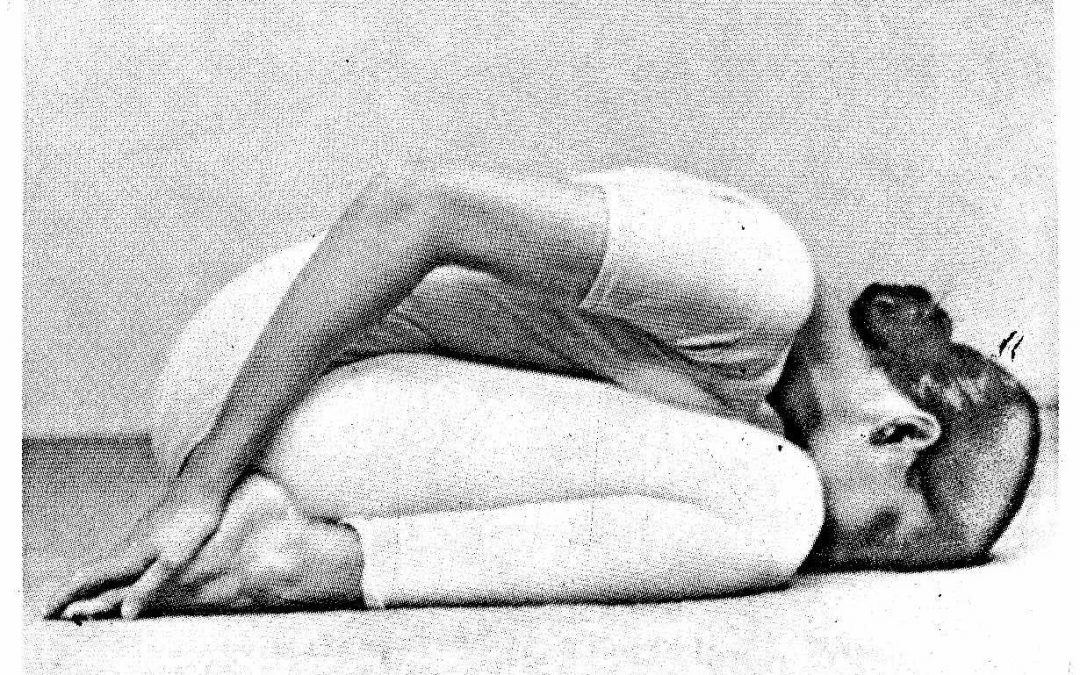VALE: Geeta Iyengar 7 December 1944 – 16 December 2018
How do you portray the meaning of the life of a person such as this? How do you convey the contribution she made to the world of yoga, and through this to humanity? How do you express the gratitude you feel, for the enormous difference she made to your own life?
When I heard the news of Geeta Iyengar’s death last Sunday, and was asked to lead a practice in her honour, these questions began to arise in my mind, as my heart set out to navigate the emotions that accompanied them. It felt like a big responsibility, and as the week progressed, the work of preparing that practice became the work of excavating my relationship with my yoga teacher of twenty-one years, and – more – with what she stood for.
When I returned to Australia from my first visit to Pune, India (my first meeting with Geeta) I was clutching her book Yoga: a Gem for Women. My experience of India, and of the Ramamani Iyengar Yoga Institute, had been intense on many levels. But one thing I knew was that I had a new benchmark for my yoga practice (two-three hours each morning, two each evening), and I needed help to organise it. So I used her book in those next years, writing out her “Advanced” course on two large sheets of the computer print-out paper that those early computers used – finely-spaced blue and white lines facilitated reading the small writing I had to use to fit it all in – in six neat columns of asana names and stick figures.
So this past Wednesday I found the 1980s computer paper. It was still in good shape because, as well as being encased in thick clear plastic for protection, I had come to learn the sequences so well that I had no longer needed to consult my “cheat-sheet”. As I looked down the columns of sequences, I realised just how much these had shaped what was to be my yoga practice over the next thirty-three years.
The odd days (days 1, 3, 5) were vigorous extraverted practices, ones that in many ways demonstrate the Iyengar method. They contained poses that are used in this method to train the “eye of the mind” (standing poses), and ones that extend the spine and invigorate the nervous system (backbends). They also allow the leader of a practice to track what the participants are doing, and give them something to follow relatively easily and safely. An obvious choice.
Or was it? Something kept drawing me back to the even days. On days 2,4, and 6, she starts with long inversions: Sirsasana (headstand) with all the leg variations takes 13-18 minutes; and then Sarvangasana (shoulderstand) with all of its leg variations takes upward of 20 minutes. Following that, she has a full brace of forward bends culminating in some advanced ones that elude stiff hips, and – if not done properly – create problems in flexible ones. The course is premised on the assumption that it is only twenty-four hours since the yogini last did a solid session of the poses that prepare for such weight on the cervical vertibrae, and such long strong closure to the front body. And today people practice differently.
And yet… the more I looked at Day 2, the more it called out to me “Essence of Geeta” in some way: the contained inner strength of these poses, the way they make only a subdued reference to the external world whilst nurturing tremendous courage and tenacity within, their disregard for the demands of the ego.

So on Friday I did the practice myself, and on Saturday I lead eight others (mainly teachers) through it. I knew that Geeta herself never stuck rigidly to protocol, so took it as appropriate to make a few changes as I judged advisable. And I introduced it with some words about her, and from her. I also added some Dhyana (meditation), reading some of her written guidance.
The result was profound! I did not feel I was doing “my” poses, nor even Geeta’s poses. We were all just doing The poses. They were flowing through us, and we through them. The room developed a deep, warm, reverent focus, as everyone was touched by the awareness of the sanctity of life that a death can bring. We struggle to understand: What was this life for? How did it touch mine? What really matters here in this body I inhabit right now?
In a re-phrase of an oft-quoted aphorism from the foreign aid industry:
Give a woman a class, and you give her serenity for a day.
Give her a practice, and you equip her for life. And death.
Thank you Geetaji. May you rest in peace.


